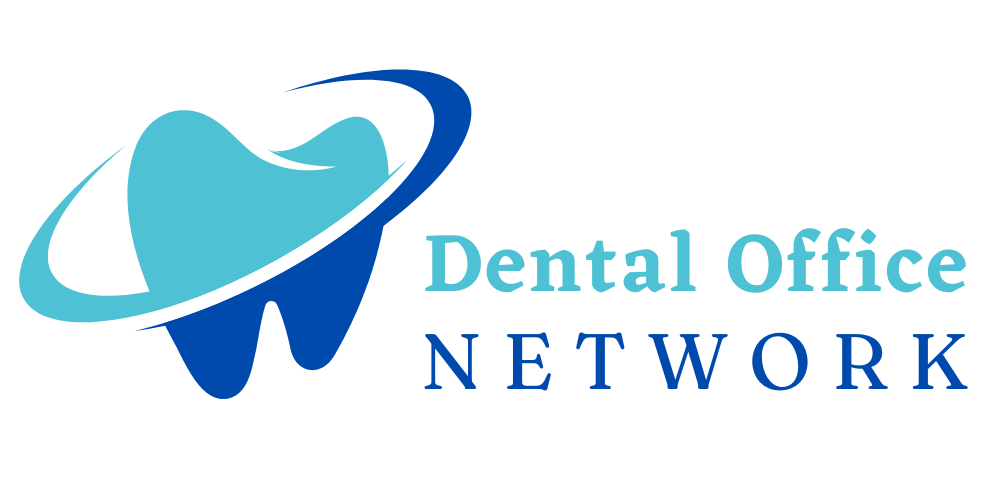Dental Insurance Comparison
- Home
- Dental Insurance
- Dental Insurance Comparison
Dental Insurance Comparison: How to Choose the Best Plan for You
Choosing the right dental insurance plan can be overwhelming, but it’s an important decision that can impact your oral health and your wallet. Comparing dental insurance plans can help you find the plan that offers the best coverage for your needs and budget.
By comparing plans, you can evaluate the level of coverage for preventative care, routine check-ups, and major procedures, as well as the cost of monthly premiums, deductibles, and co-pays.
What to Consider When Comparing Dental Insurance Plans
When comparing dental insurance plans, there are a few things to keep in mind:
- Network provider options: Check to see if the plan provides a wide range of network providers in your area. Ensure that your preferred dentist is in the network or if you’re willing to switch to a new provider.
- Coverage levels: Look for plans that offer coverage for preventative care, routine check-ups, and major procedures. Evaluate the percentage of coverage provided for each service and any coverage limits.
- Cost: Compare the monthly premiums, deductibles, and co-pays of multiple plans to find the one that best fits your budget.
- Waiting periods: Check if there are any waiting periods for coverage to begin. Waiting periods can vary for different types of services, such as preventative care, routine check-ups, and major procedures.
- Exclusions: Review any exclusions or limitations in the plan, such as restrictions on certain types of services or pre-existing conditions.
Types of Dental Insurance Plans
There are several types of dental insurance plans to consider when comparing plans:
- PPO (Preferred Provider Organization): These plans typically offer a network of providers and provide coverage for both in-network and out-of-network services. PPO plans typically have higher premiums but also provide greater flexibility in choosing providers.
- HMO (Health Maintenance Organization): These plans typically offer a network of providers and require you to choose a primary care dentist who will manage your care. HMO plans typically have lower premiums but may have more restrictions on provider choice.
- Indemnity: These plans offer the most flexibility in provider choice but may have higher out-of-pocket costs. Indemnity plans typically have the highest premiums but may be a good option if you want complete control over your provider choices.
How to Compare Dental Insurance Plans
When comparing dental insurance plans, there are a few steps to take:
- Determine your dental care needs: Consider the type and frequency of dental services you and your family are likely to need. This will help you evaluate the level of coverage required.
- Research plans: Use online tools or speak with a dental insurance agent to research different plans and compare coverage levels, network providers, cost, waiting periods, and exclusions.
- Evaluate costs: Consider the monthly premiums, deductibles, and co-pays of each plan to determine the overall cost of coverage.
- Read reviews: Read dental insurance reviews from other customers to gain insight into the quality of the plan, network provider options, claims processing, and overall satisfaction.
- Make a decision: After evaluating all of the information, choose the plan that best fits your needs and budget.
Comparing dental insurance plans is an important step in choosing the best plan for you and your family. Consider the level of coverage, network provider options, cost, waiting periods, and exclusions when evaluating different plans.
By researching and comparing plans, you can find the plan that offers the best coverage for your needs and budget. Investing in a dental insurance plan can help you manage the cost of dental care and ensure that you and your family receive the treatment you

